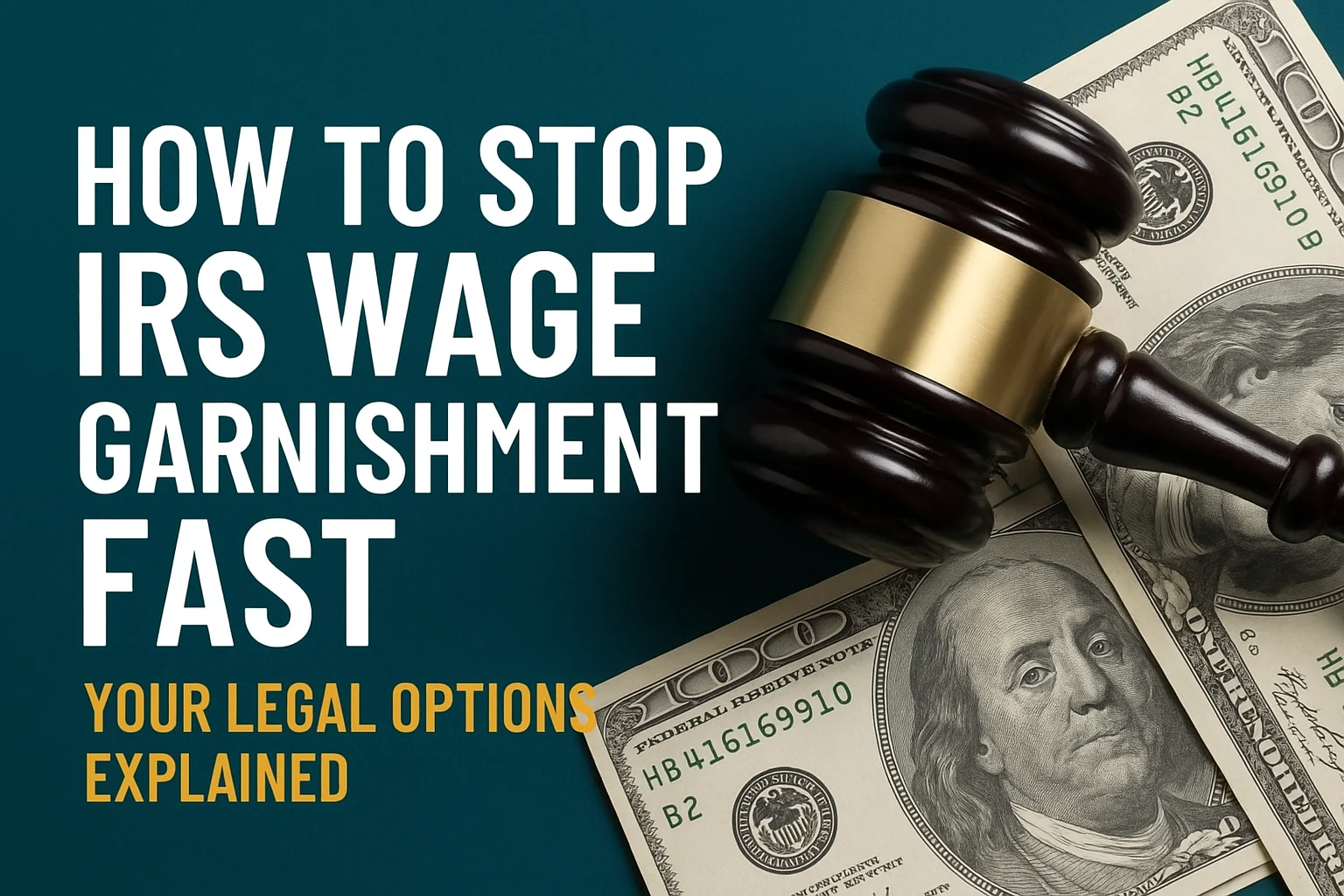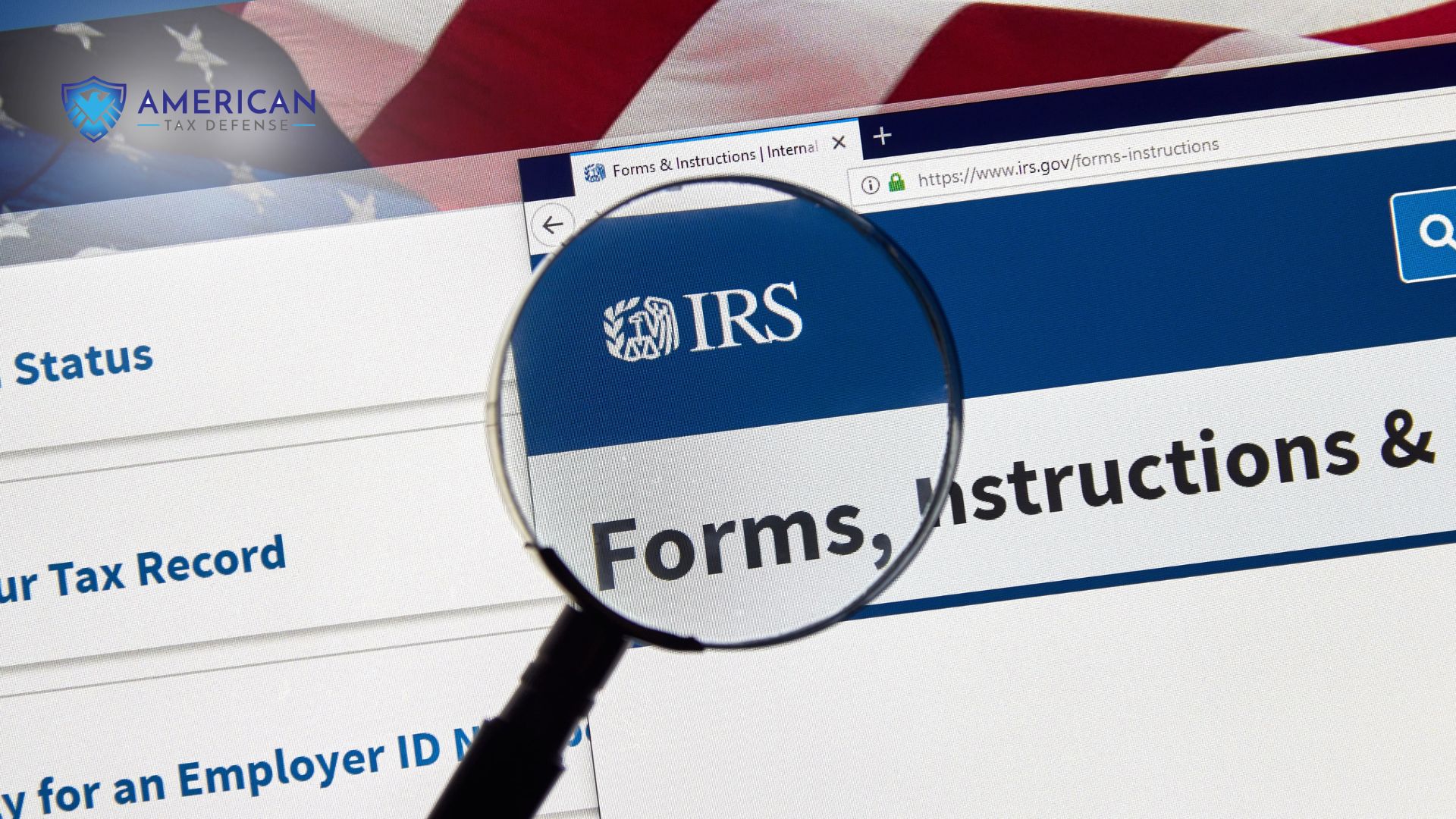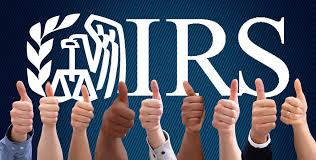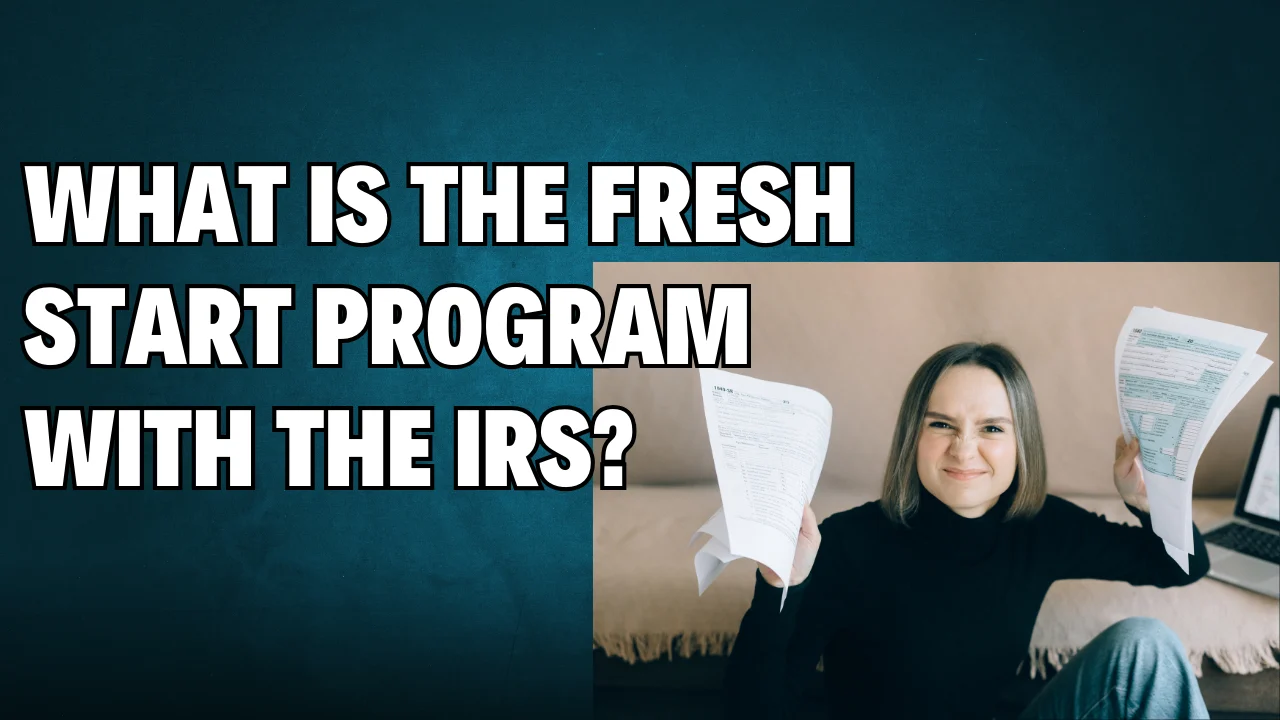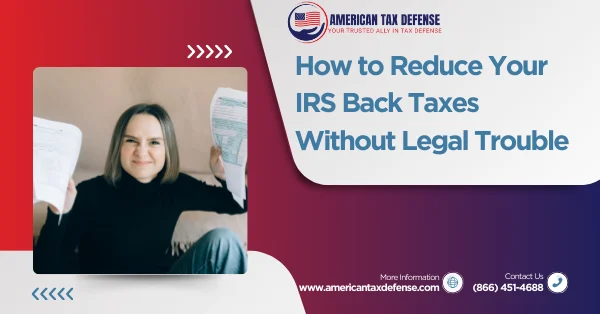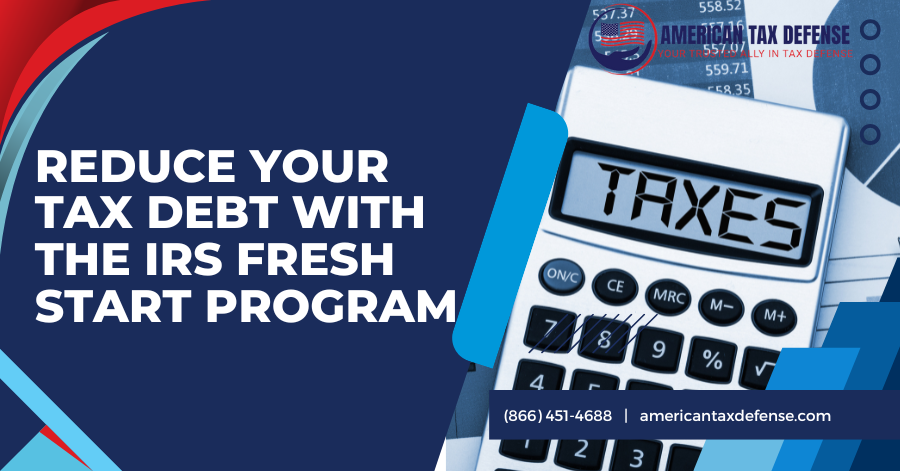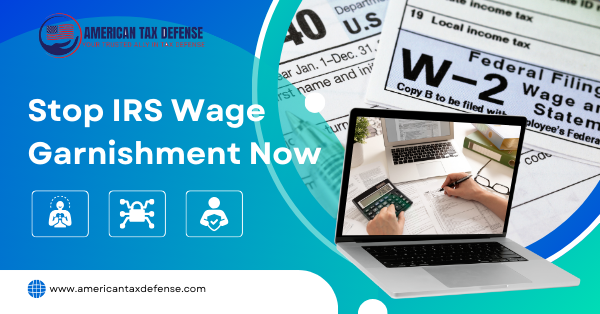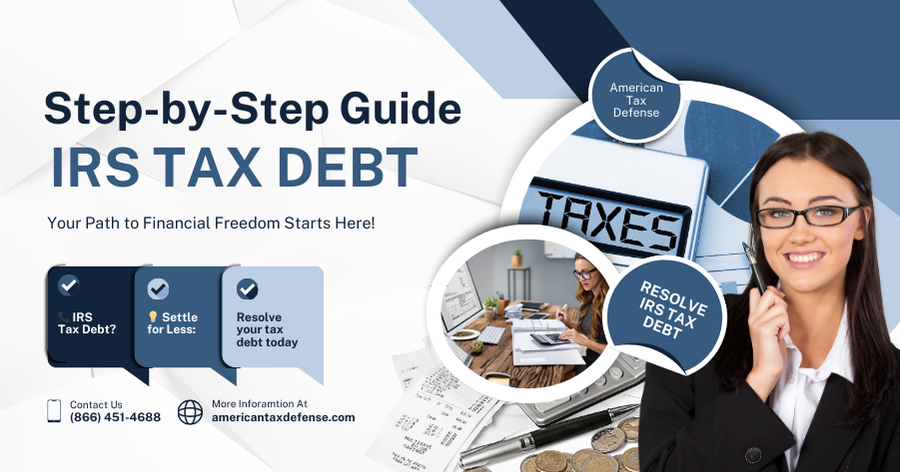Dealing with the IRS can be intimidating, especially when you owe more than you can afford to pay. Fortunately, there are legitimate options available to settle your IRS tax debt for less than the full amount. Whether you’re facing financial hardship or simply want to reduce your tax burden, the IRS offers several relief programs designed to help taxpayers get back on track. In this blog, we’ll explore the top 7 legitimate ways to settle your IRS tax debt and provide tips to navigate the process efficiently.
1. Offer in Compromise (OIC)
An Offer in Compromise is one of the most well-known and effective ways to reduce IRS tax debt. It allows taxpayers to settle their debt for less than the full amount owed if they meet certain qualifications.
Key benefits:
-
You may pay only a fraction of what you owe.
-
Available to those with limited income or financial hardship.
Eligibility requirements:
-
You must be current on all tax filings.
-
You must not be in an open bankruptcy proceeding.
-
You must demonstrate an inability to pay the full amount.
Tip: Use the IRS Offer in Compromise Pre-Qualifier Tool to see if you may be eligible before applying.
2. IRS Fresh Start Program
The Fresh Start Program was launched to make it easier for individuals and small businesses to pay back taxes and avoid aggressive collection tactics.
What it includes:
-
Expanded eligibility for Offer in Compromise.
-
Easier access to installment agreements.
-
Higher tax debt threshold before a Notice of Federal Tax Lien is filed.
Ideal for: Those who owe less than $50,000 and can pay the debt over time.
Benefit: Reduces penalties and interest while avoiding liens or wage garnishments.
3. Partial Payment Installment Agreement (PPIA)
A Partial Payment Installment Agreement allows taxpayers to pay a reduced monthly amount based on what they can afford, rather than the full balance owed.
How it works:
-
You make monthly payments toward your debt.
-
The IRS may forgive the remaining balance after the collection statute expiration date (typically 10 years).
Tip: Be honest and accurate about your financial situation when applying. The IRS will review your assets, income, and expenses.
4. Currently Not Collectible Status (CNC)
If you’re unable to make any payments due to financial hardship, you may qualify for Currently Not Collectible status.
Benefits:
-
IRS will temporarily stop collection efforts.
-
No wage garnishment or bank levies while in CNC status.
Requirements:
-
Demonstrate that paying the debt would create severe financial hardship.
-
File all required tax returns.
Note: The debt isn’t forgiven, but collections are put on hold.
5. Innocent Spouse Relief
If you filed a joint tax return with a spouse (or ex-spouse) and are being held liable for tax due to their mistake, you may qualify for Innocent Spouse Relief.
Eligible cases:
-
Your spouse failed to report income or claimed improper deductions.
-
You were unaware of the errors at the time of filing.
Types of relief:
-
Innocent Spouse Relief
-
Separation of Liability
-
Equitable Relief
Best for: Divorced or separated taxpayers unfairly burdened by a spouse’s tax errors.
6. Penalty Abatement
Even if you can’t reduce the principal tax amount, you might be able to eliminate penalties through Penalty Abatement.
Typical penalties that may be waived:
-
Failure-to-file
-
Failure-to-pay
-
Accuracy-related penalties
Qualifying reasons:
-
Reasonable cause (e.g., illness, natural disaster, or unexpected life event)
-
First-time abatement for taxpayers with a clean compliance history.
Tip: Always request penalty abatement in writing and provide supporting documentation.
7. Hire a Tax Relief Professional
Navigating the IRS settlement process can be complicated. Working with a licensed tax relief professional—such as an enrolled agent, CPA, or tax attorney—can increase your chances of a favorable outcome.
Why it helps:
-
Professionals understand IRS rules and procedures.
-
They can negotiate on your behalf.
-
They can protect your rights during the collection process.
Caution: Always check the credentials of the company or individual. Avoid firms that promise unrealistic results.
Final Thoughts
Settling your IRS tax debt for less than you owe is absolutely possible—if you qualify and take the right steps. Programs like Offer in Compromise, Installment Agreements, and Currently Not Collectible status offer hope and financial relief to thousands of Americans each year.
Remember, the IRS wants to collect what it can. If you can prove that full payment is not possible, you stand a good chance of reducing or delaying what you owe.
Start by assessing your financial situation, staying compliant with your tax filings, and considering professional guidance. Whether you’re facing short-term hardship or long-term financial strain, one of these 7 legitimate methods could help you resolve your tax debt and regain peace of mind.

